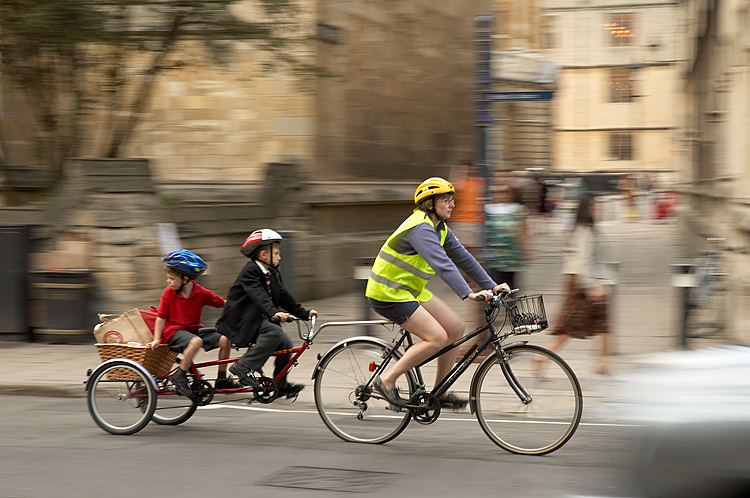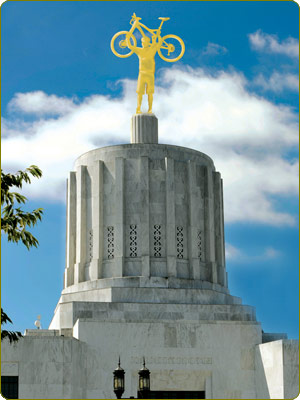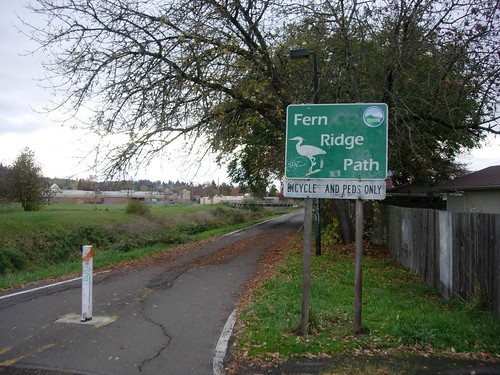If you are reading this article, bicycling is probably important to you – I know it is to me, which is why I am currently the Chair of the Advocacy Committee. What we are looking for are stories illustrating how bicycle programs and infrastructure have made a difference in your life. What we are going to do with those stories is use them as compelling examples to elected officials on why we need their support.
For example, I was very overweight (obese?) as a child, on into high school. I started biking once I got to college and lost a lot of weight (40 pounds!). I have mostly kept it off since then by maintaining my active, bike-filled lifestyle. How much money have I saved myself, my insurance plan, and the government by not developing diabetes or heart disease? How much quality of life have I gained by taking up a hobby, feeling healthier, and improving my mood? All of these are tough to quantify, but the story itself means a lot when you’re trying to convince a legislator that bike funding IS crucial.
If you have a story like mine, please let me know. The more inspirational, “mom-and-apple-pie”, personal, or engaging, the better. Because, when it comes to the world of politics, charts and figures are good, but a unified voice demanding, “Because I want it!” is sometimes more compelling.
Email me, Price Armstrong, at pricearmstrong@gmail.com with your story.




